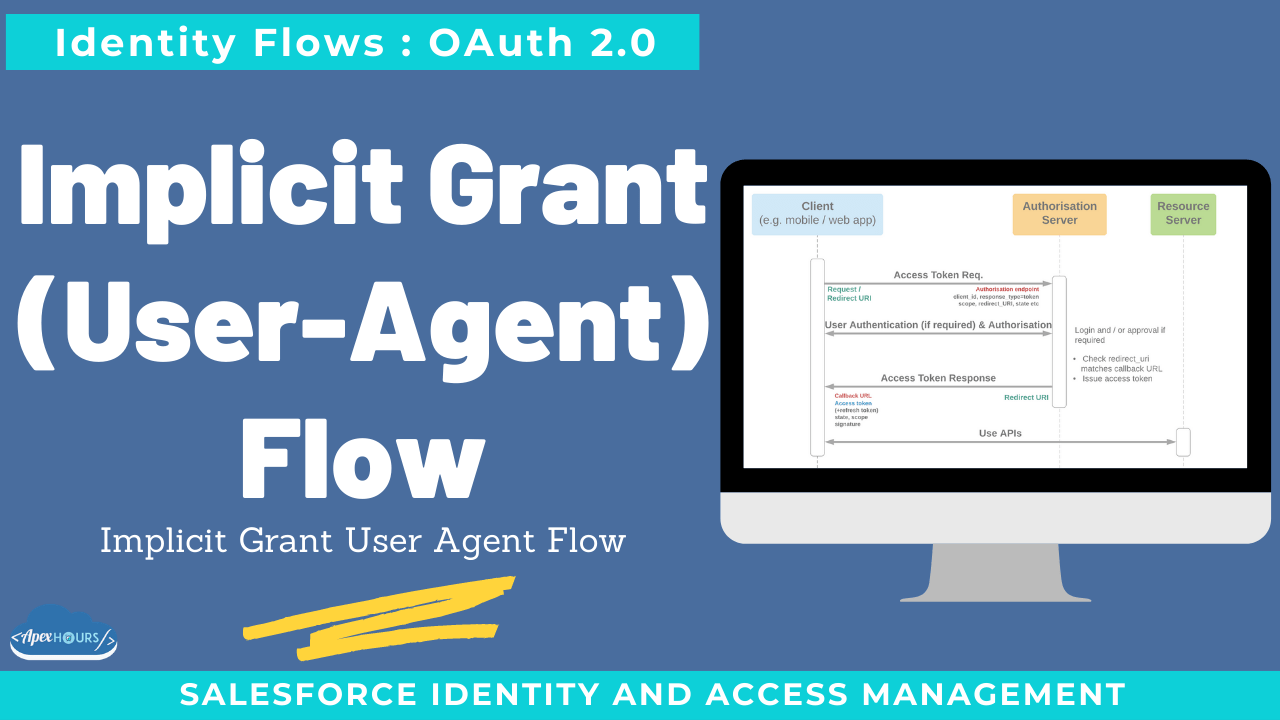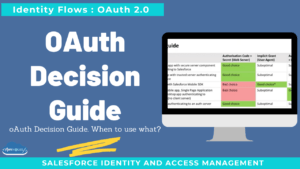A simpler flow for clients that should not hold a global secret (e.g., distributed apps) but can be trusted with the per-user access token. This flow is recommended when you build mobile or desktop application and your application can be distributed to anyone. So, this kind of applications are not considered safe to store client secrets because the source code of the application will be accessible to everyone, and the client’s secrets can be exposed easily. Join us to learn about Implicit Grant (User-Agent) Flow.
Additional requirements
- Browser – for token requests, authentication/consent, and token redirects
- The client can protect the access token
- Up-to-date security measures and mitigations beyond current spec
What else to know
- Historically* recommended for browser apps
- Risks of this flow:
- Access tokens in URLs are easily leaked:
- In browser referrals
- From browser history
- No mechanism to cryptographically bind access tokens to client – access token injection relatively straightforward through CSRF
- Access tokens in URLs are easily leaked:
- Refresh tokens not advised
- But without these, silent re-authentication relies on 3rd party cookies
- Current IETF recommendation is to not use this flow: https://tools.ietf.org/html/draft-ietf-oauth-security-topics-16
- Currently used for Salesforce Mobile SDK and Mobile Publisher
- Mitigations in Salesforce implementation:
- Tokens / sessions included in URL hash fragment (not query string parameter)
- Recommendation to programmatically remove token callback from browser history
- Session IDs returned (with hybrid_token option) for re-authentication without 3rd party cookies
OAuth 2.0 User Agent Flow
- This flow is recommended when you build mobile or desktop application and your application can be distributed to anyone. So these kind of application are not considered as safe to store client secret because source code of application will be accessible to everyone and client secret can be exposed easily.
- This flow is used when external system application wants to login into salesforce using salesforce login credentials. Once user logged in, then he/she to approve that external application can fetch salesforce data(scope defined in connected app).
- In this flow, external application will pass only client id and user login page opens and user authenticate themselves to get access token, refresh tokens.
- External application can use use refresh token to get new access token if it get expired and can avoid logging user again in salesforce.
- With the user-agent authentication flow, the client app receives the access token as an HTTP redirection. The client app requests the authorization server to redirect the user-agent to another web server or to an accessible local resource. The server can extract the access token from the response and pass it to the client app. For security, the token response is provided as a hash (#) fragment on the URL. It prevents the token from being passed to the server or to any other servers in referral headers
Recording
Considerations for choosing implicit grant flow
- Salesforce implementation has been established for some time and avoids a custom alternative for Mobile SDK apps
- Multiple security vulnerabilities possible
- Complications for cross-domain use cases when 3rd party cookie support disabled / retired
- Current IETF recommendation is not to use this flow





